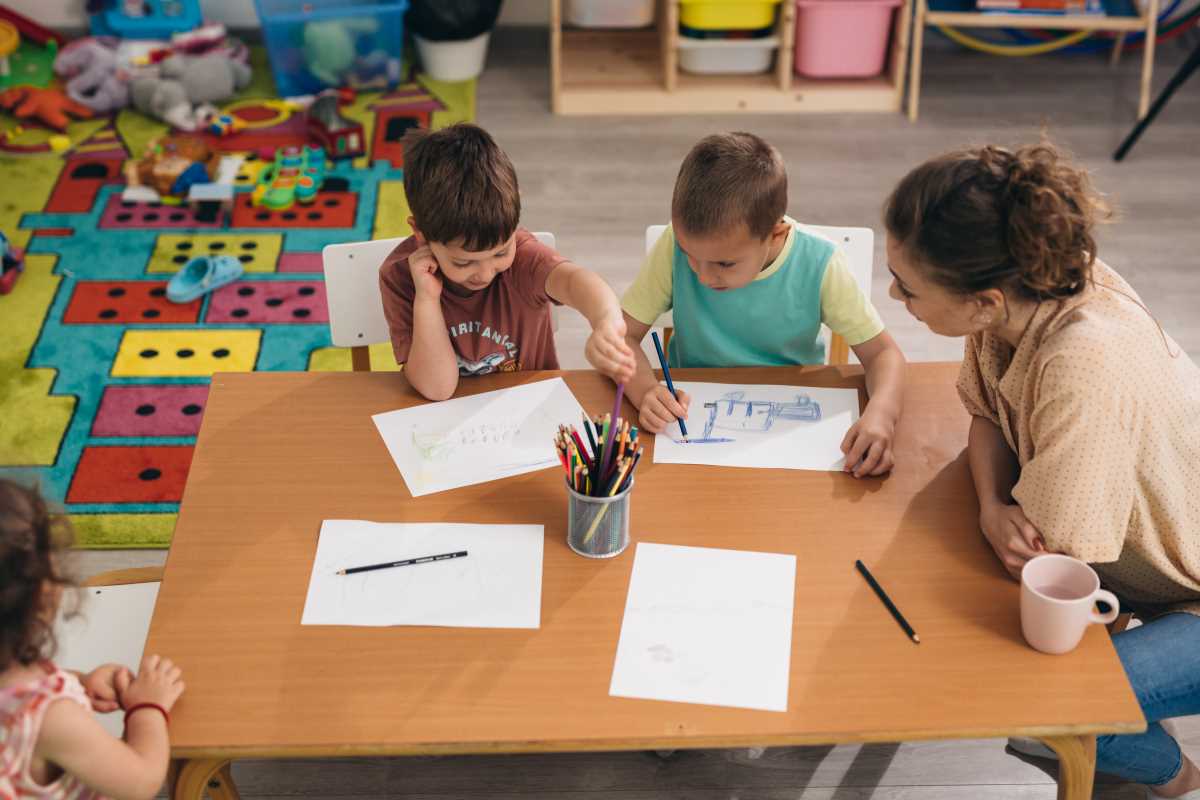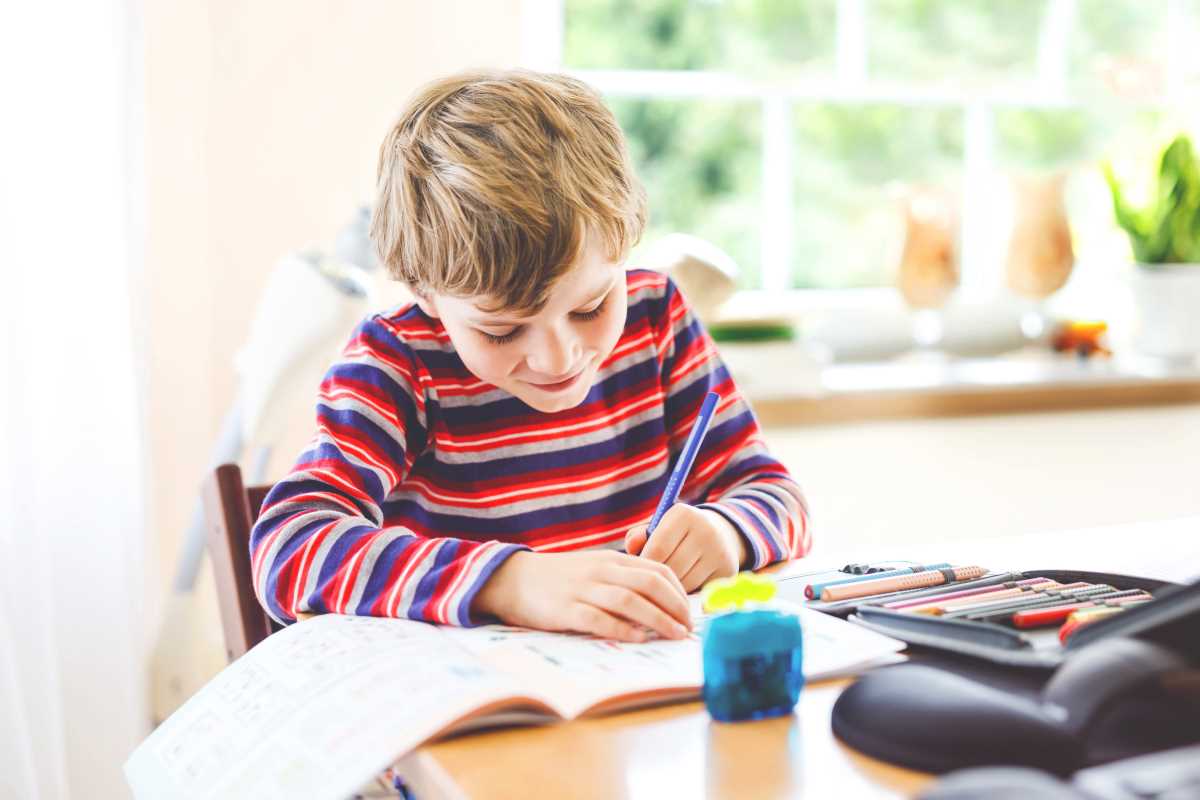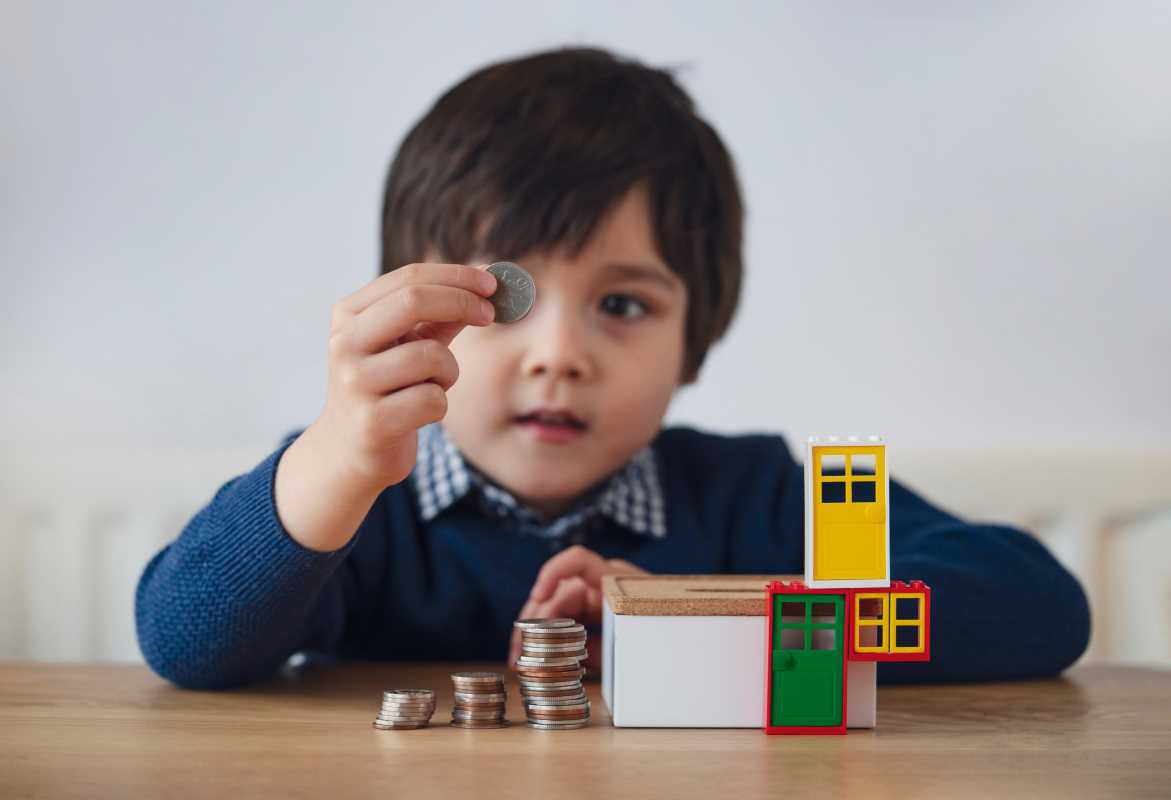Active children brim with energy and curiosity, making them vibrant learners full of potential. Standard classroom settings often overlook their special needs, leading to feelings of frustration and a lack of engagement. By crafting a learning environment that caters specifically to active children, we can channel their energy into a passion for learning. This article delves into the fundamental aspects and hands-on approaches for creating a space that truly supports these dynamic learners, helping them thrive both in their studies and personal growth. Embracing their unique spirit can transform their educational journey into a fulfilling experience.
Understanding Active Children
An active child features high energy levels, a need for constant movement, and a natural inclination towards exploration and physical activities. These children frequently display creativity and a strong desire to engage with their surroundings. In conventional classrooms, their energy can sometimes come across as disruptive, resulting in misunderstandings and challenges in maintaining focus.
Traditional learning environments, with rigid seating arrangements and limited physical activity opportunities, can stifle the natural tendencies of active children. This mismatch often frustrates both the child and the educator, highlighting the need for a more adaptable and supportive approach to accommodate their learning styles.
Key Elements of a Supportive Learning Space
- Flexible Seating: Options like standing desks, bean bags, and wobble chairs allow children to choose positions that help them concentrate better.
- Sensory Tools: Items such as fidget toys, stress balls, and sensory bins can help manage excess energy and improve focus.
- Interactive Learning Materials: Incorporating hands-on resources like manipulatives, interactive boards, and tactile learning tools effectively engages active learners.
- Quiet Zones: Designated areas where children can retreat if they need a break from stimulation promote self-regulation.
- Visual Aids: Charts, diagrams, and colorful displays help maintain attention and reinforce learning concepts.
Designing the Physical Environment
- Open Layout: Arrange furniture in a way that allows for easy movement, preventing the classroom from feeling cramped.
- Accessible Storage: Ensure that materials and tools are within easy reach, encouraging independence and organization.
- Natural Lighting: Maximize the use of natural light to create a bright and inviting atmosphere, which can boost mood and concentration.
- Color Scheme: Use calming colors like blues and greens to create a serene environment, while incorporating vibrant accents to stimulate creativity.
- Decorative Elements: Incorporate artwork and student projects to personalize the space and make it more engaging for active learners.
Encouraging Positive Behaviors and Focus
Maintaining engagement for active children requires dynamic teaching methods that incorporate movement and interaction. Incorporate activities that allow for physical participation, such as educational games, role-playing, and interactive experiments. These methods capture their attention and make learning enjoyable.
To minimize distractions, establish clear routines and set specific expectations. Use visual schedules and timers to help children understand the flow of activities, providing a sense of structure. Positive reinforcement, through praise and rewards, motivates children to stay focused and exhibit desirable behaviors.
Promoting Inclusivity and Collaboration
Creating a learning space that values diversity and encourages teamwork is essential for active children to develop social skills and a sense of community. Promoting inclusivity involves recognizing and respecting each child's unique strengths and challenges. Implementing group projects and collaborative activities nurtures cooperation and mutual respect among peers.
Creating a supportive learning space for active children requires understanding their needs and designing an accommodating environment. Flexible seating, sensory tools, and interactive materials contribute to their success and well-being. Such environments foster both academic performance and overall development.
 (Image via
(Image via





.jpg)